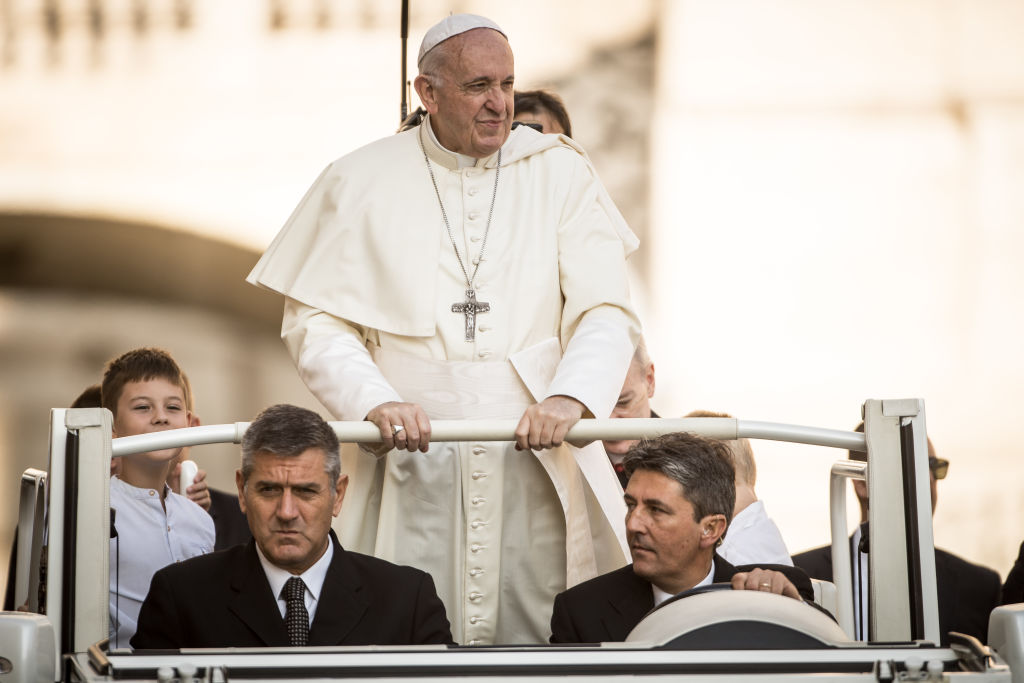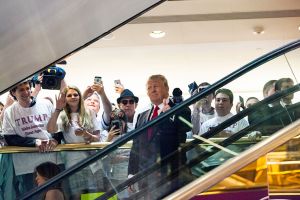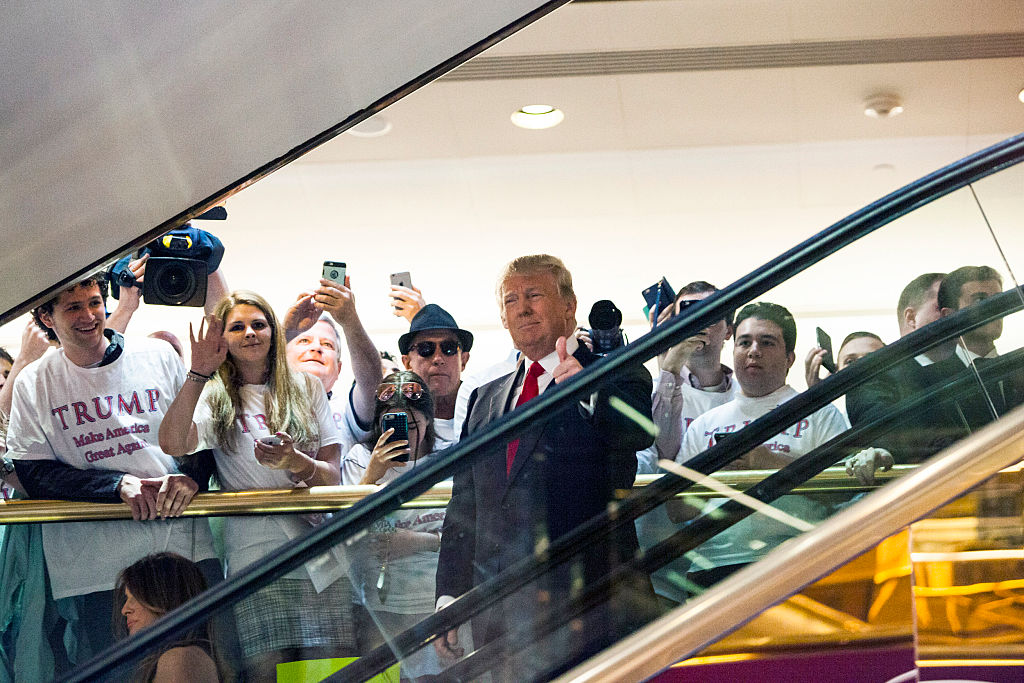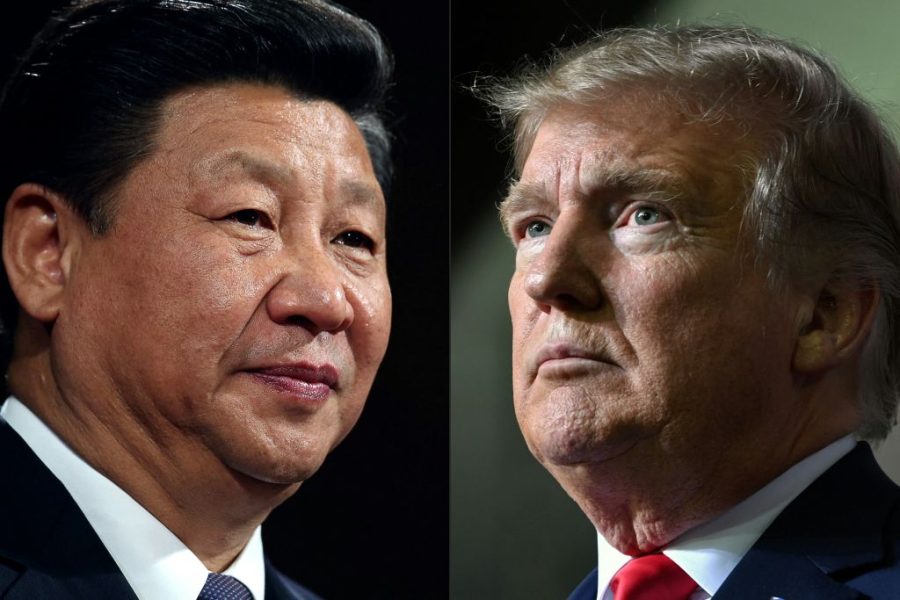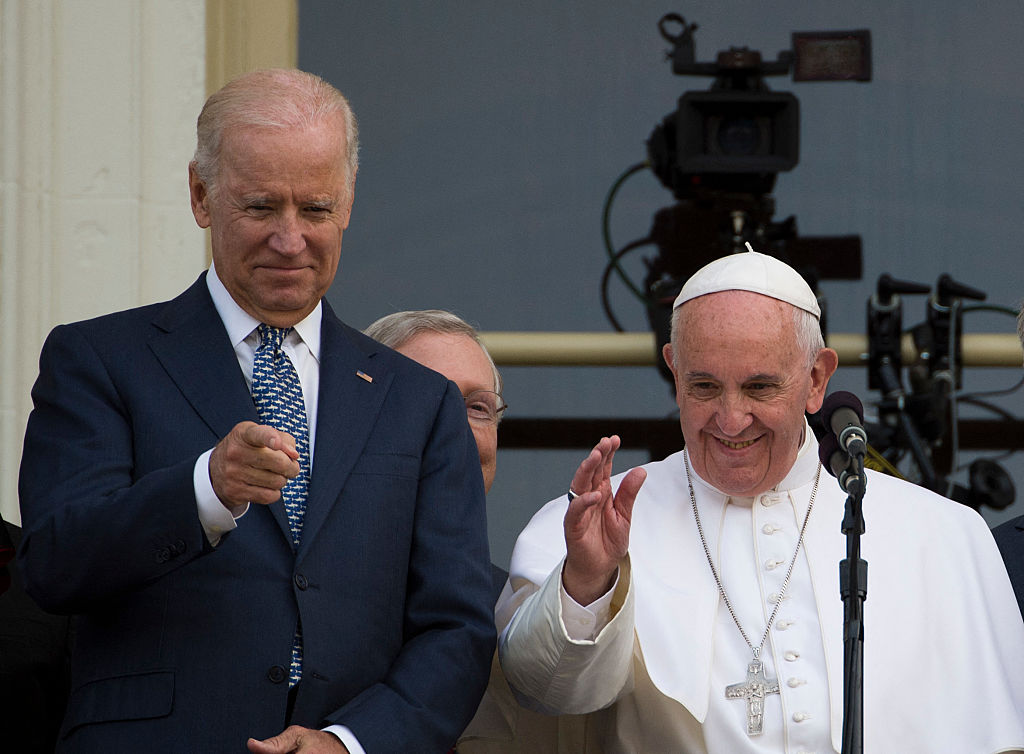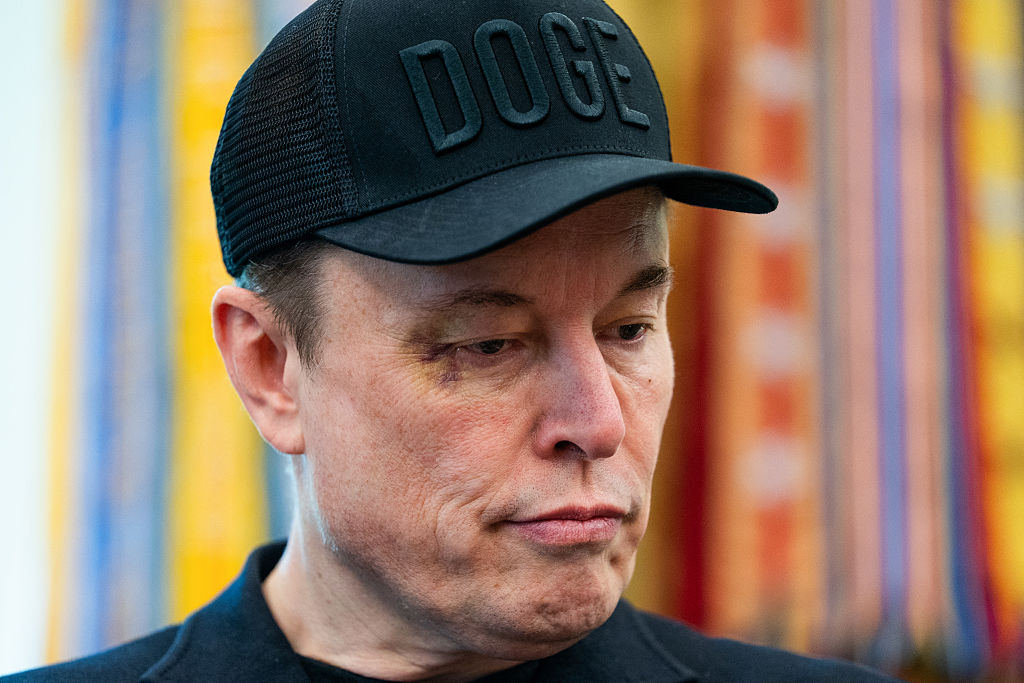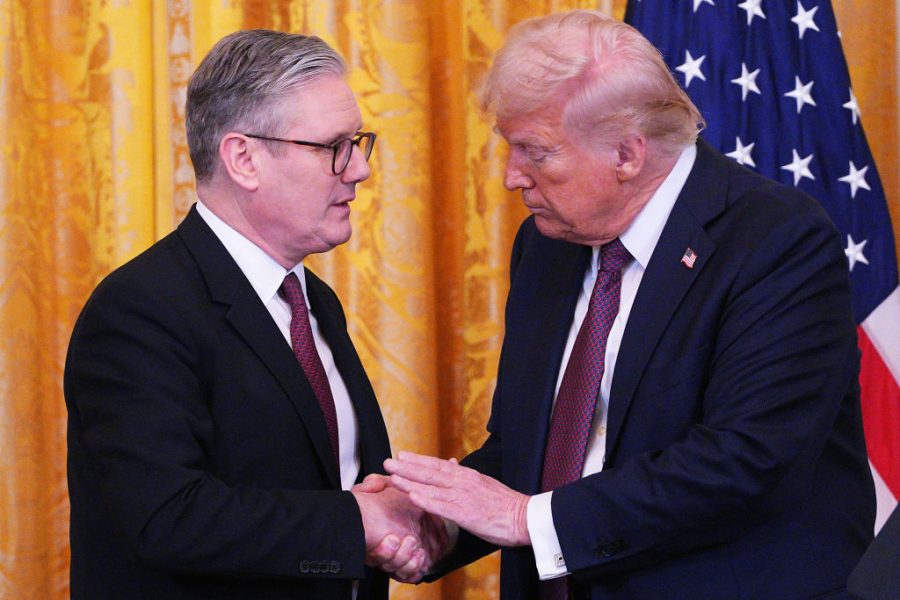Twenty years ago, the Catholics of a city in Alaska gathered enough money to build a church dedicated to the Sacred Heart. They presented the architectural drawings to the city council, whose non-Catholic members winced a bit. Were Gothic arches really meant to be painted the color of pale strawberries? Why were the bell towers capped with domes in cotton-candy stripes? But, what the hell, Catholics have their own funny ideas about what churches should look like.
OK, they said, we’re fine with this so long as you don’t shove it in our faces. Here’s a bit of land on the outskirts of town where you can build the thing and we won’t have to look at it every time we walk down Main Street. And the Catholics, knowing that the city was notoriously tricky about planning permission, grabbed the deal with both hands.
They built the Church of the Sacred Heart exactly where they were told. During construction, the planning authorities told them to tone things down a bit, so the multi colored domes were temporarily painted gray. When it was all finished in 2000, the mayor, city council members and planning officials trooped into the church and made a special point of telling the pastor how lovely it looked.
Then, in 2018, the city council had a change of heart. ‘Those bell towers are too showy,’ they informed the Catholics. ‘And there’s lots of other stuff we don’t like. Just stay out of the building while we redecorate for you.’ A crane appeared. The towers came crashing down, and with them the statues of Saints Peter and Paul on either side of the facade. So, even more distressingly, did the cross over the main entrance.
The Catholics of Sacred Heart parish didn’t make a fuss. They had watched in alarm as four other churches in the state were demolished without compensation. They felt lucky to be allowed to attend Mass in their now hideously disfigured building.
Their luck ran out in February this year. They were told to clear out their belongings before the bulldozers moved in. And they obeyed, because they knew that their local bishop wouldn’t lift a finger to stop the demolition. And nor would the Pope.
You’ll have worked out by now that I was lying about Alaska. But everything else is true. The Sacred Heart church was situated in the far northwest of China, not the United States, in the city of Yining in Xinjiang province. It had all the necessary permits, meaning that it was part of the state-controlled Chinese Patriotic Catholic Association (CPA) which, since its creation in 1957, hasn’t recognized the authority of the Pope.
In 2018, however, the Vatican signed a deal with Beijing whereby the CPA was supposedly reconciled to Rome. Bishops would still be nominated by the CPA, but the Pope would have the right to veto an appointment. Crucially, he would now exercise full spiritual authority over all Chinese bishops, whether aligned with the CPA or members of the ‘underground’ Church that had stayed loyal to Rome. Indeed, the two Churches would merge.
And what did Beijing demand in return? We don’t know precisely, because the text of the agreement has never been published. But it looks as if President Xi bought Francis’s silence about one of the corner-stones of his policy of ‘sinicization’: a return to levels of religious persecution not seen since the Cultural Revolution. Catholic churches have been hitting the dust all over China since Xi came to power in 2013; like-wise those of Pentecostal Christians.
In Xinjiang, an estimated 16,000 mosque shave been destroyed or damaged. And, unlike the ethnic Chinese parishioners of Sacred Heart, their worshippers can’t keep safe by shutting up and going home. They are Uighurs, members of a Turkic ethnic group who are being subjected to genocide by Beijing. In the Xinjiang labor camps where a million Uighurs are imprisoned, forced abortions are carried out on women to stop them breeding. It would be wrong to say that Pope Francis has been entirely silent about the Uighurs. Buried in a new book of interviews with him are three words referring to them: ‘I think often of persecuted peoples: the Rohingya, the poor Uighurs, the Yazidi.’ But that’s it.
Ah, say Francis’s defenders, but mention of the Uighurs would jeopardize the Vatican-Beijing agreement, renewed in October 2020, which heals a 60-year-old schism. To which the best answer, until February, would have been: no, it didn’t. As a result of the deal, Bishop Vincent Guo Xijin, a Vatican loyalist at Mindong in the coastal province of Fujian, was ejected from his diocese by the Pope himself, to be replaced by a party stooge. Guo, forced to live on the streets when he refused to submit to Beijing, has now ceased any public ministry in disgust. No ‘healing’ there.
But now there’s a simpler answer. What deal? Beijing has reneged on it (always easier to do if no one has seen the text). New Communist party regulations for clergy, issued in November but not published in English until February, make no reference to the Pope in the section devoted to appointing Catholic bishops. As Nina Shea of the Hudson Institute argued in National Review, the ‘deal’ has served its purpose, enabling Xi to suppress or colonize underground parishes before turning his attention to the bigger project of forcing official ones to adopt liturgies in which Xi’s Communist party is worshipped in place of Jesus.
None of this could have been effected quite so neatly without Francis, whose toxic resentment of the United States means that he’s never met an anti-western dictator with whom he couldn’t do business. Imagine an early pontiff who, approached by Christianity’s Roman persecutors, agreed that a nod in the direction of imperial divinity would be in everyone’s best interests. Fortunately, the Catholic Church never had such a Pope. But it does now.
This article was originally published in The Spectator’s April 2021 US edition.



